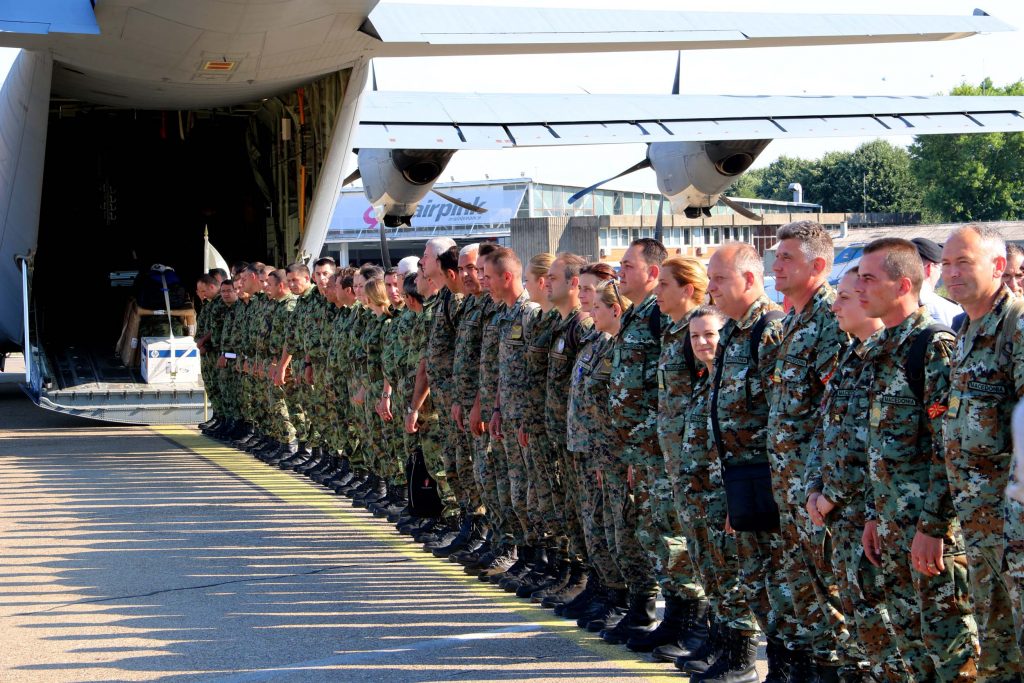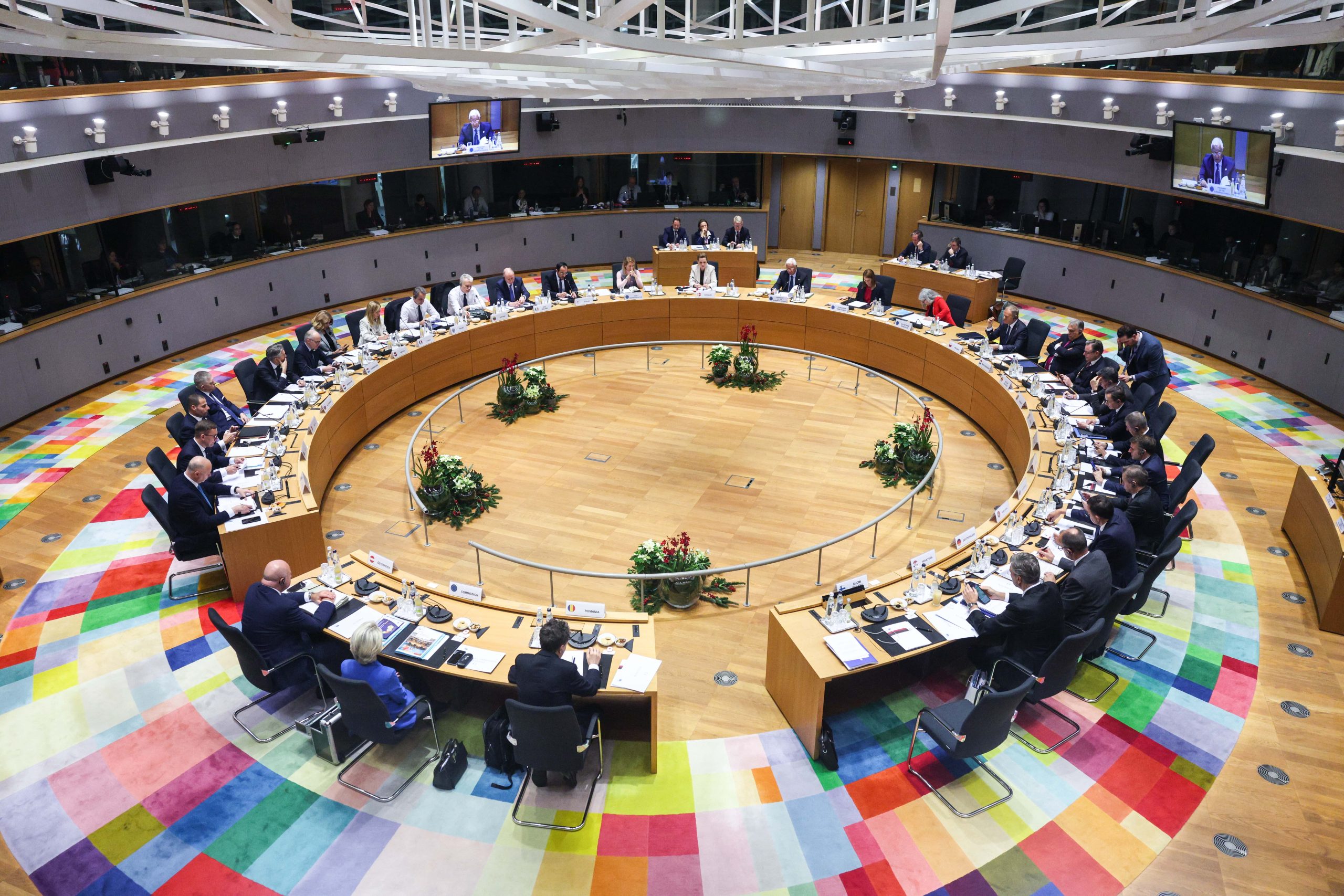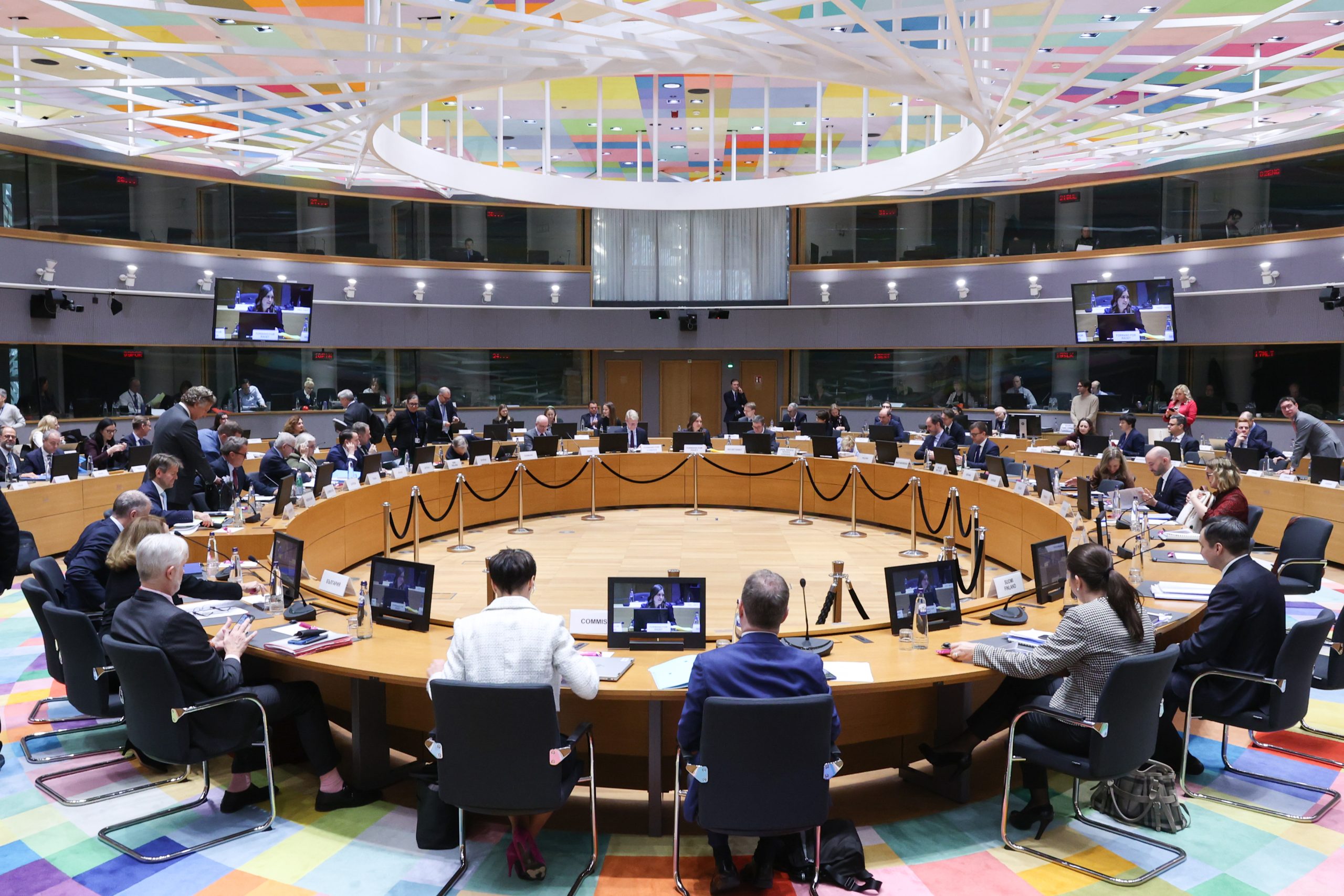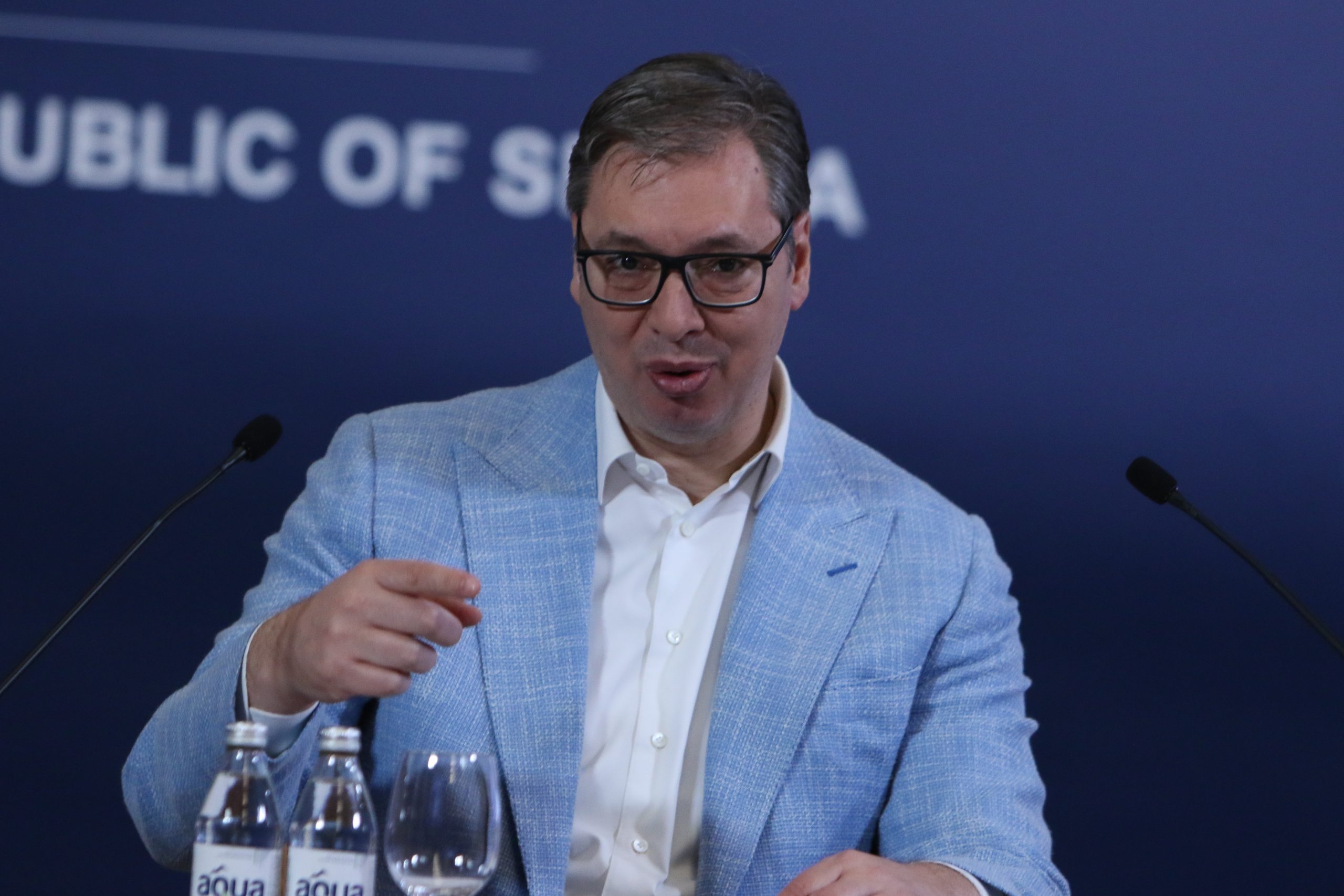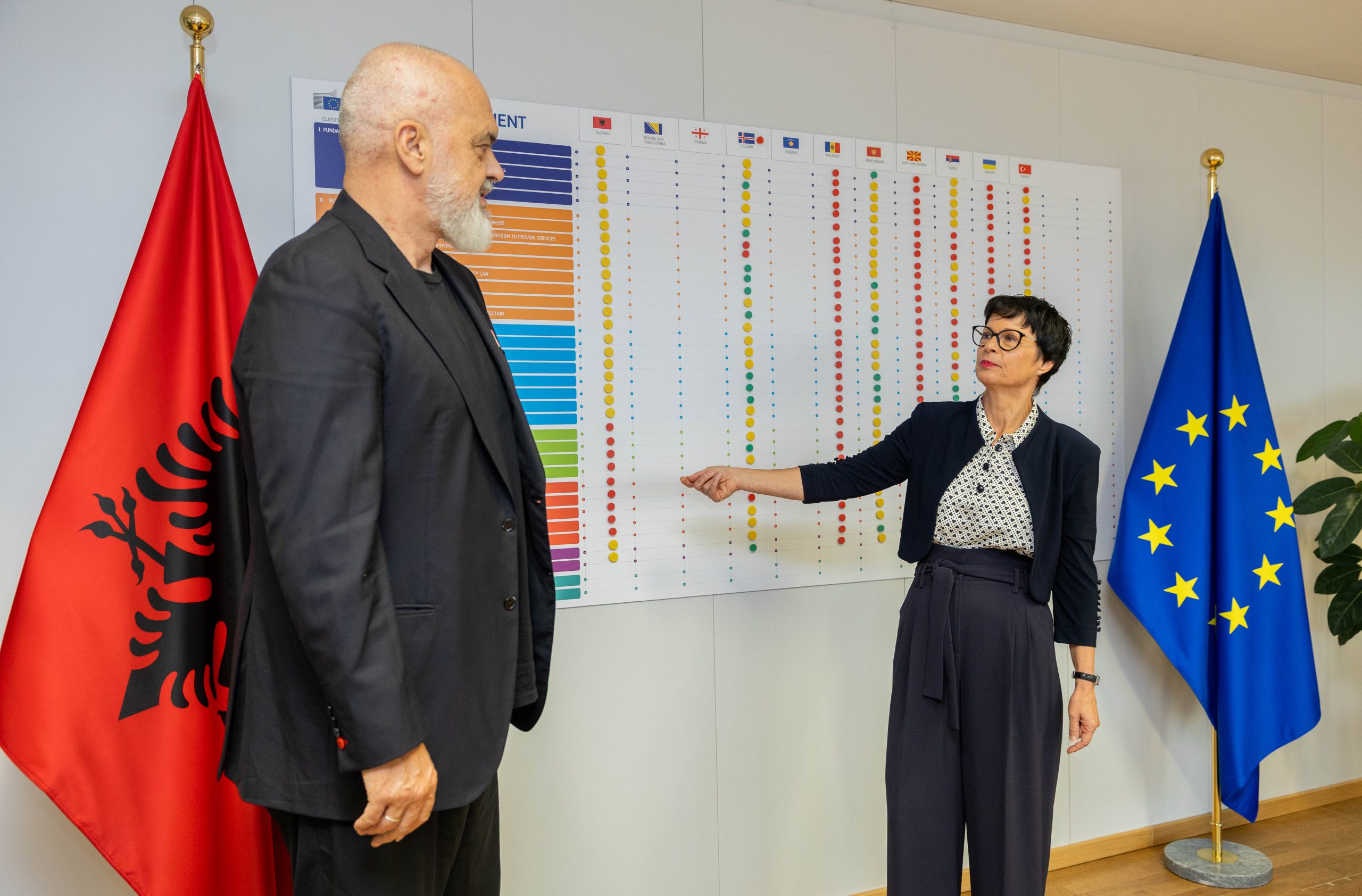BELGRADE – Balkan Defence Monitor, released yesterday by the Belgrade Centre for Security Policy, shows that, in the Balkans, discrepancies between budget laws and the actual defense expenditure are the greatest in Serbia.
Serbia has been gradually increasing its military budget from 2016 onward and it remains the biggest spender in the region, surpassing 2% of the GDP (2,42% in 2021). BiH allocates only 0,7% of its GDP for defense purposes, which makes it the smallest spender out of all other countries. The USA is the biggest donor in the defense sector for every country in the region.
When it comes to NATO members in the region, there is also a difference between expenditures reported to NATO and the numbers in the government balance sheets, the report found. These differences, according to the research, are the result of different methodologies, but they also serve as a useful political trick – to appease NATO, as well as the domestic public
Balkan Defence Monitor is a pilot report on defense sectors in six Balkan countries (Albania, Bosnia and Herzegovina, Croatia, Montenegro, North Macedonia, and Serbia). It covers four areas: defense expenditures, strategic documents, international military cooperation, and women in the defense system.
Having in mind that public discourse regarding the military in the region can sometimes be volatile and encumbered with dangerous and politicized narratives, Balkan Defence Monitor aims to provide the public with actual facts about defense systems in the region. Baseline research has shown that a very low level of transparency of defense sectors is present in all aforenamed countries.
Albania
The monitor shows that the Albanian defense budget is the least transparent and detailed in the region. There is also a steady increase in military spending from 2017 except for 2020 because of the pandemic, but Albania hasn’t met NATO’s threshold of 2% of GDP yet (1,38% in 2021).
Albanian national security strategy detects organized crime, corrupt individuals, terrorism, and proliferation of weapons of mass destruction and long-range weapons as main threats. As for the regional threats, extreme nationalism and divided societies are seen as obstacles to peace.
Albania is participating in 3 multinational operations – in BiH, Kosovo, and South Sudan. Albania is also the only country in the region with a quota for women in the military (15%). It also has the highest percentage of female officers – 19,51% and the highest position held by a woman is that of a major general.
Bosnia and Herzegovina
The data shows that almost 90% of the military budget of the BiH was spent on personnel due to the political deadlock, which obstructed planning and according to the allocation of resources, which represents the highest percentage in the region. Bosnia and Herzegovina remain the only country in the region that hasn’t adopted a major strategic document since 2007.
The biggest threats to BiH, according to its national defense strategy from 2008 are political and social animosities caused by the war, nationalist extremism, and the incomplete implementation of the Dayton Peace Agreement
BiH is participating in 3 multinational operations – in Mali, the Central African Republic, and Congo. Only 6,96% of women are military personnel and the colonel is the highest position held by a woman.
Croatia
Croatian military budget has been experiencing steady growth from 2016 on but there was also a sharp increase in 2021 due to the purchase of 12 Dassault Rafale – French fighter jet. Analysis shows that the Croatian military budget is the most transparent one in the region. Croatia allocates 1,71% of its GDP for the military.
The main threats according to the 2017 National defense strategy are unresolved issues on delimitation with certain neighboring countries, terrorism and political and intelligence activities that perceive EU and the NATO as security threats.
Croatia takes part in 9 military operations abroad – Kosovo, Mediterranean, Iraq, Spain, Libya, India, Western Sahara, Lebanon, and Kuwait. 14,6% of employees in the military are women and 10,4% of them are holding commanding positions. The highest rank held by a woman is that of a brigadier general.
Montenegro
Montenegro spends 0,9% percent of its GDP on defense, making it the second-smallest spender in the region. Its national security strategy from 2019 detects participation in NATO as the key prerequisite for the security of Montenegro. Past and unresolved issues could bring destabilization in the region according to its defense strategy.
Montenegro participates in 5 international military operations – in Kosovo, Iraq, Western Sahara, Mali, and Somalia. The number of women in the military has increased by 60% from 2019 to 2022 and they now make up 10,35% of the personnel.
North Macedonia
North Macedonia allocates 1,43% of its GDP for the military and an increase of 30% has been registered between 2017 and 2020. It has also bought Stryker light vehicles in 2021. Some of the greatest threats according to its defense strategy are insufficient economic growth, corruption, organized crime, radicalism, and extremism.
It is currently participating in 4 multinational missions – in BiH, Kosovo, Lebanon, and the Central African Republic. 10% of armed forces are women and North Macedonia is one of three countries in the region that have appointed a woman as a minister of defense.
Serbia
Serbia is currently spending 2,42% of its GDP on the military which makes it the biggest spender in the defense sector. As the analysis shows that it is practically impossible to connect arms and expenditures costs to concrete individual procurement because costs are not disaggregated by specific projects.
Its national defense strategy from 2020 sees separatist aspirations, ethnic and religious extremism, covert activities, and illegal migration as the greatest threats to national security.
Serbian armed forces are taking part in 5 military operations abroad – in Cyprus, Lebanon, Central African Republic, Somalia, and DR Congo. Data shows that Serbia has the highest percentage of female professional soldiers in the region – 16,31%, but the highest rank held by a woman is the rank of colonel.
